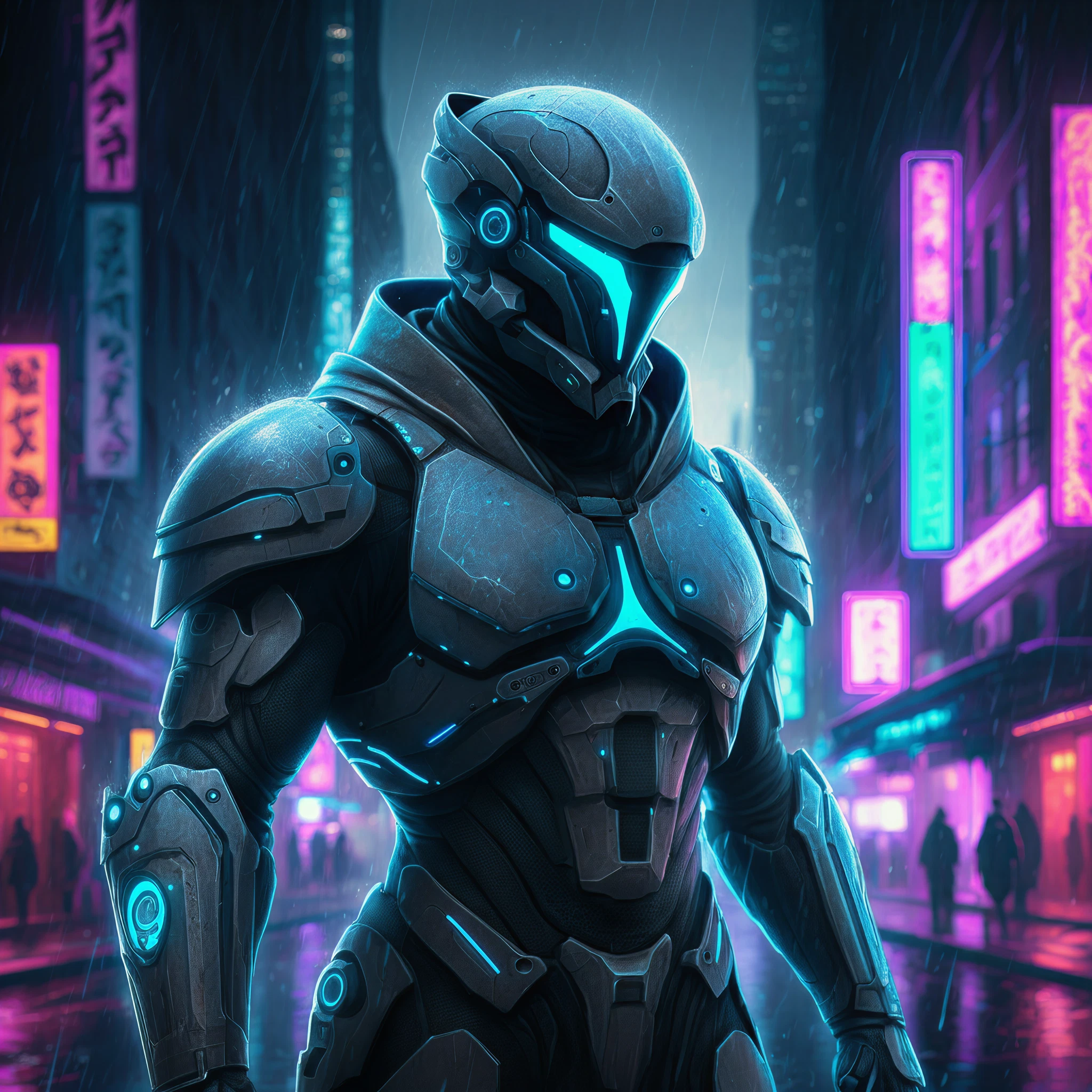The Evolution of Sci-Fi Armor Design Across Media
From the dazzling visuals of blockbuster movies to the detailed environments of video games and the imaginative worlds of literature, sci-fi armor has become an iconic symbol of future technology. Over the decades, its designs have not only shaped audience expectations but also reflected societal and technological trends.
- Movies have embraced sleek, action-ready designs. Take Iron Man’s armor from the Marvel Cinematic Universe, which epitomizes cutting-edge technology and style. With each movie, Tony Stark’s iconic suit evolves, mirroring advancements in fictional nanotechnology.
- Video games take a more interactive approach with sci-fi armor, allowing players to inhabit these advanced suits. Think of the MJOLNIR armor from Halo, offering players energy shields and superhuman abilities while standing out in its functional design.
- Literature, on the other hand, has used words to spark vivid images of robust and futuristic armor. Robert Heinlein’s Starship Troopers introduced the world to powered armor in prose, setting a precedent for countless works that followed.
Whether in film, games, or books, sci-fi armor designs aim to inspire awe while maintaining a layer of believability, serving the dual purpose of empowerment and protection.
Functionality of Sci-Fi Armor
The allure of sci-fi armor isn’t just about how it looks but also what it can do. These futuristic suits are packed with features that go far beyond protection.
Protective Capabilities
Armor in sci-fi often pushes the boundaries of real-world physics. Here are some examples:
- Crysis’s Nanosuit enhances survivability with its built-in cloaking device and bullet-resistant exterior.
- Warhammer 40K’s Space Marine Armor provides almost impenetrable protection, shielding both from projectiles and environmental hazards.
Technological Enhancements
Beyond being shields, sci-fi armors often come integrated with high-tech tools:
- Halo’s MJOLNIR Armor enhances Spartan reflexes and strength while providing AI integration for tactical support.
- Iron Man’s suits incorporate advanced weaponry, flight capabilities, and HUD systems that rival real-world military technology.
These functionalities ground sci-fi armor in practicality, making it a blend of fantasy and plausible future innovation.
Cultural Impact of Sci-Fi Armor
Sci-fi armor serves as more than just fictional gear; it has penetrated real-world culture in fascinating ways:
- Fashion: High fashion and streetwear often draw upon sci-fi-inspired futuristic designs. Designers have used the sleek lines and metallic elements of sci-fi armor to craft avant-garde collections.
- Art: Artists continually turn to sci-fi armor as a muse, creating stunning pieces that depict formidable characters in mechanized suits.
- Technology: Technology researchers and engineers are outlining concepts for exoskeletons inspired by sci-fi. Military and healthcare industries have prototypes that resonate with the utility seen in sci-fi armor, hinting at a future where these designs may come to life.
Sci-fi armor is not just a creative concept; it connects our visions of the future with tangible advancements in fashion and technology.
Iconic Sci-Fi Armor Examples
Throughout the history of entertainment, some armors have defined and influenced how we perceive sci-fi battle gear:
- Iron Man’s Armor in the Marvel Cinematic Universe combines form and function, embodying the perfect blend of tech and design.
- Master Chief’s MJOLNIR Armor from Halo is a symbol of resilience and brilliance in engineering that gamers admire.
- Stormtrooper Armor from Star Wars is instantly recognizable, influencing legions of cosplayers despite its flaws in functionality.
- Warhammer 40K Space Marine Power Armor delivers an intimidating presence, shaping the aesthetics of “futuristic warriors.”
- Crysis’s Nanosuit highlighted versatility in video games with its dynamic capabilities such as cloaking and strength augmentation.
Each of these examples demonstrates how sci-fi armor embodies a balance between narrative value, aesthetics, and imagined advancements in combat and utility.
The Future of Sci-Fi Armor in Reality
Could we see sci-fi armor become a reality? Engineers and researchers are already developing early-stage exoskeletons, wearable robots, and enhanced protective suits inspired by sci-fi designs.
- Military Applications: Research and development projects aim to create suits that improve soldiers’ strength, endurance, and real-time decision-making capabilities.
- Healthcare Assistance: Exoskeletons already help patients regain mobility, a concept mirroring the functionality in sci-fi universes.
- Everyday Use: Robotic suits designed for labor tasks, such as carrying heavy loads, align closely with the designs seen in movies like Edge of Tomorrow.
While we are still far from creating an Iron Man-worthy suit, the advancements in robotics, AI, and materials science suggest that elements of sci-fi armor may soon transition from fiction to fact.
Embrace Your Sci-Fi Spirit
Sci-fi armor isn’t just about protection or technology. It symbolizes the human imagination, the belief that we can push boundaries to make the impossible possible. Whether you’re a sci-fi fan, gamer, or cosplayer, exploring the legacy and potential of sci-fi armor sparks inspiration and excitement.
If you’re interested in deep-diving into the cultural phenomenon of sci-fi armor, from its creation to its potential real-world applications, keep exploring our curated catalog of iconic sci-fi innovations. And of course, suit up for your adventures in style!








